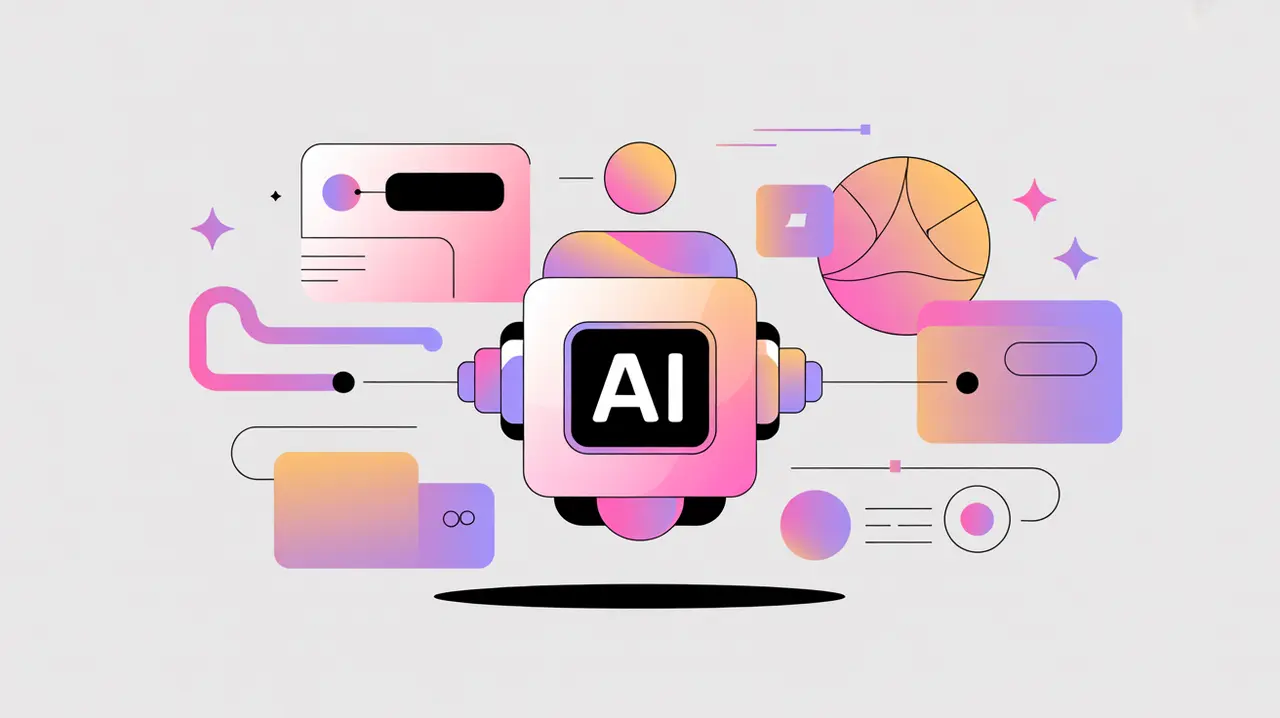Importance of Generative AI
Generative AI refers to a class of Artificial Intelligence techniques designed to create new content, such as text, images, audio, video, or code, that resembles human-produced material. Its importance today is clear from the rise of tools that generate essays, artwork, or even software applications at scale. These systems have captured public imagination because they shift AI from analyzing information to producing it, raising both opportunities and concerns about creativity, authorship, and trust.
For social innovation and international development, Generative AI matters because it can dramatically reduce the costs of content creation and knowledge dissemination. Whether producing educational materials in multiple languages, drafting policy briefs for under-resourced teams, or simulating scenarios for disaster response, generative systems offer capabilities that were previously unattainable for smaller organizations.
Definition and Key Features
Generative AI is powered by models trained to predict and produce new outputs based on patterns in large datasets. Language models generate coherent text by predicting sequences of words, while image generators produce visuals by learning the relationships between text prompts and visual features. The concept builds on earlier methods like generative adversarial networks (GANs), which pit two models against each other to improve realism, and has expanded through diffusion models that iteratively refine noisy data into coherent outputs.
It is not simply automation of routine tasks, nor is it equivalent to narrow AI systems built for specific functions. What makes Generative AI distinctive is its open-endedness: the ability to create novel, varied, and contextually relevant content across many domains. This creative capacity makes it both powerful and unpredictable, with implications for accuracy, originality, and ethics.
How this Works in Practice
In practice, Generative AI works by training models on massive corpora of data that represent the kinds of outputs desired. For example, a text generator is trained on billions of words, learning to predict the most likely next token in a sequence. An image generator may be trained on pairs of captions and pictures, enabling it to produce visuals when given a text description. Diffusion models start with random noise and iteratively refine it into images, guided by learned patterns.
These models can be fine-tuned for specialized purposes, such as producing medical summaries, generating local-language educational content, or creating synthetic data for research. The strength of Generative AI lies in adaptability and speed, but risks include hallucinations, replication of bias, and the potential misuse of synthetic media for misinformation. Responsible deployment requires transparency about what is machine-generated and careful evaluation of quality and context.
Implications for Social Innovators
Generative AI is already influencing how mission-driven organizations operate. Education programs use it to create localized teaching materials in multiple languages, reducing reliance on costly content development. Health initiatives experiment with AI-generated patient information leaflets tailored to local literacy levels. Agricultural extension services apply it to generate advisory messages for farmers, drawing from global knowledge while adapting to local conditions.
Humanitarian organizations use generative tools to simulate crisis scenarios, helping teams plan responses and allocate resources. Civil society groups draft reports, advocacy briefs, or grant applications with the assistance of text generators, saving time for strategic engagement. Visual and audio generators are being tested to create culturally relevant campaign materials that resonate with diverse communities. The opportunity lies in extending creative capacity where it is most needed. The challenge is to ensure quality, inclusivity, and trust, so that generative outputs strengthen rather than dilute the missions they are designed to serve.







